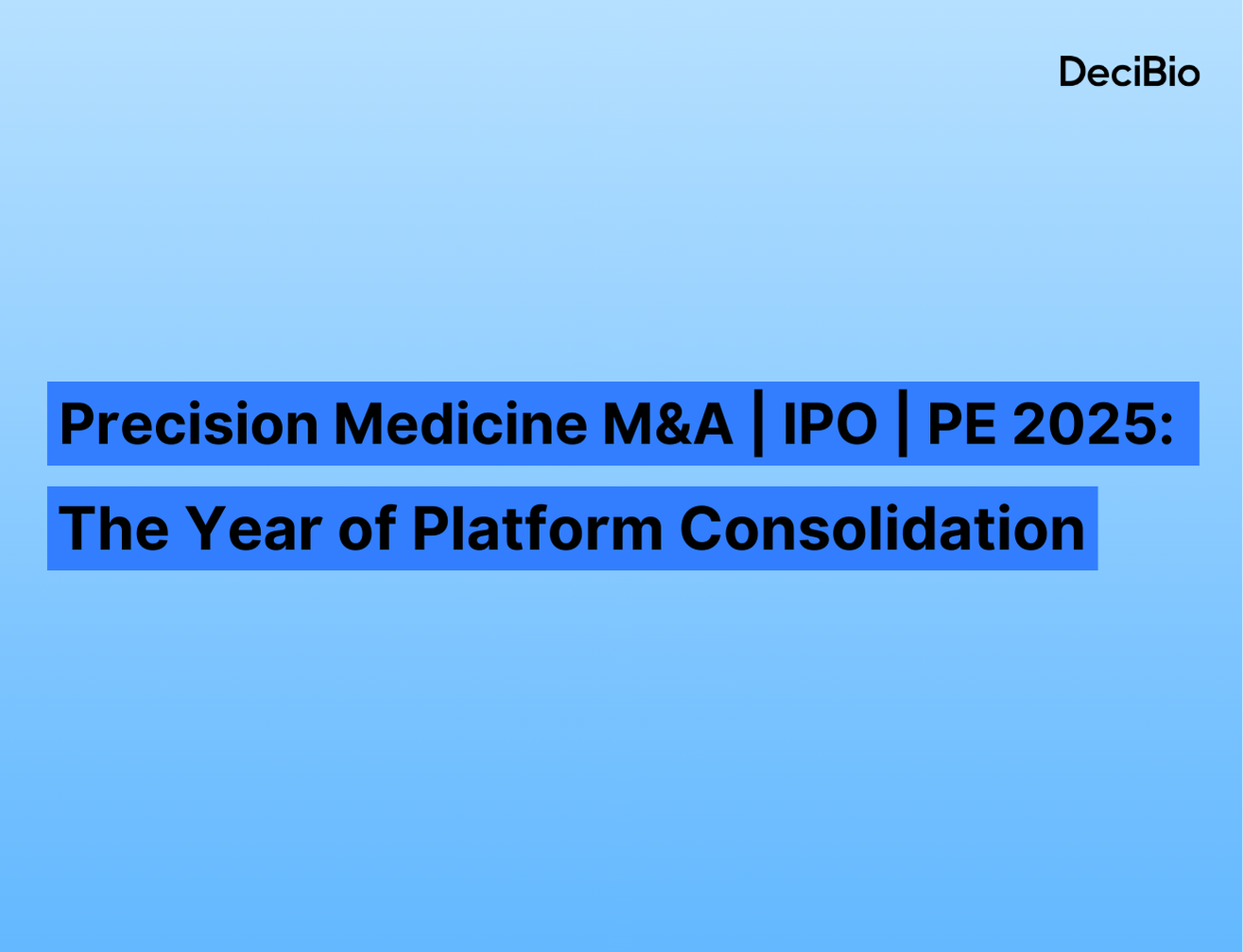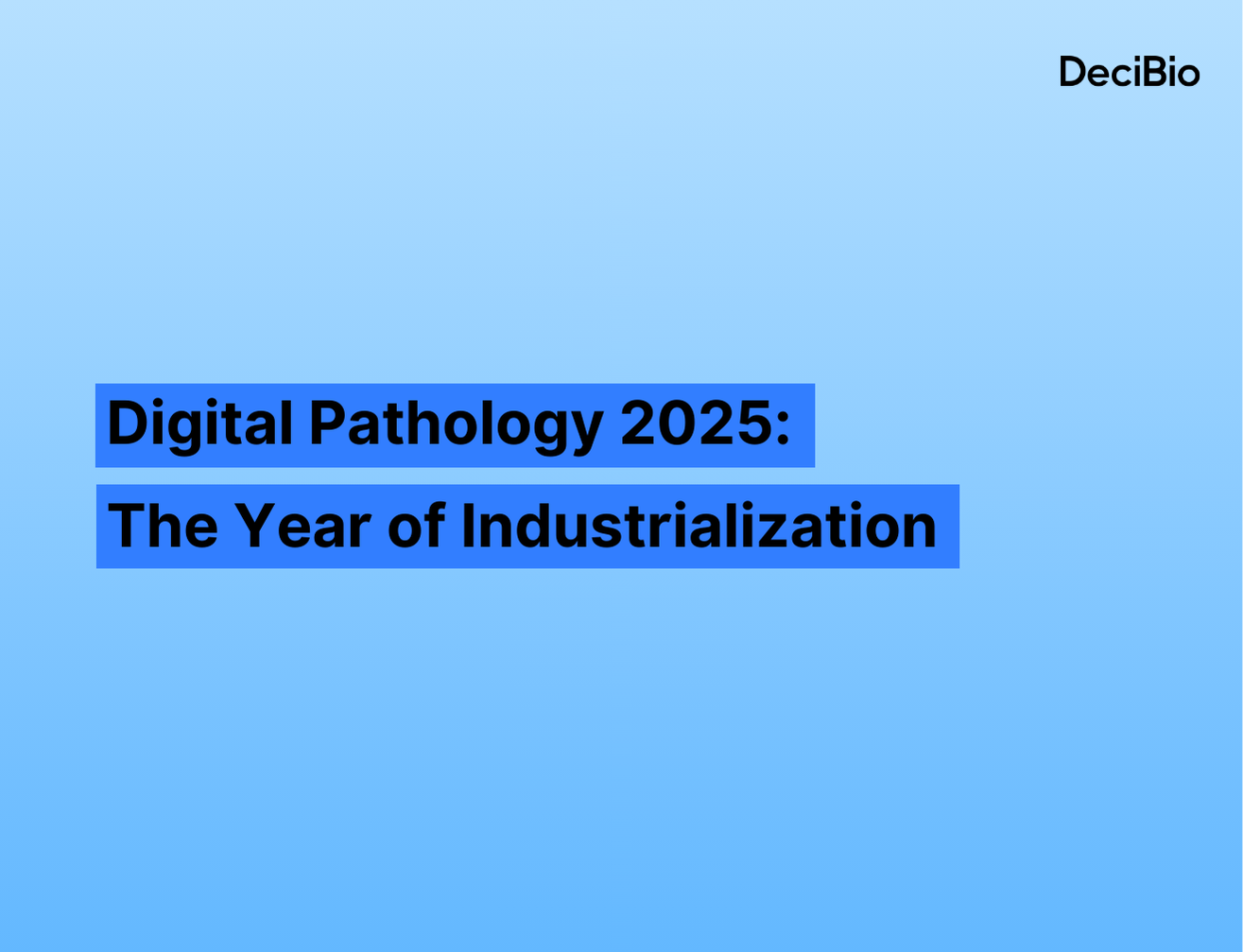
The pandemic-induced boom in cell and gene therapy (CGT) is beginning to wane with the field asking, “what next”? We take stock of the industry and make our predictions for what 2023 will bring in the world of next-generation therapeutics.
Historically, pharmaceutical companies have focused on therapeutics based on small molecules (e.g., Eliquis, an anticoagulant) and protein-based medicines (e.g., Humira, an anti-inflammatory medication for arthritis and a range of other indications). Over the last decade or so, cell and gene therapies are coming into prominence. These include modalities like cell therapies, where a patient’s own cells, for example, can be collected, manipulated, and administered back to the patient, or DNA or RNA-based medicines for controlling the expression of disease-causing genes. These modalities are affording incredible power to tackle difficult-to-treat diseases, such as cancer, or functionally “cure” other diseases that may have been a result of a faulty gene, such as in the case of hemophilia. We take a look at the sector by modality.
Oligos and mRNA:
Oligos have continued their march to clinical prominence with the field tackling indications impacting ever larger populations. These DNA and RNA-based medicines can precisely turn off the expression of unwanted genes. The largest approval to date has been for Inclisiran, Novartis’ medicine for hypercholesterolemia. While initial sales have been slow, Novartis has set the foundation for the drug to reach blockbuster status in time.
mRNA continues its banner period with the pandemic having helped prove-out large-scale manufacturing and biological delivery for local uptake using lipid nanoparticles (LNPs). However, in some ways, rapid deployment of LNPs has hampered work into novel delivery modalities to allow mRNA to be utilized in broader applications. This is evidenced by the field largely shifting back to focus on vaccine applications and infectious diseases given the minuscule delivery requirements. Broad vaccine applications for flu and others could be superior to current approaches but may not be viable for cost reasons and the pandemic has uncovered a rare but serious side effect of myocarditis in certain populations, the cause of which, still needs to be elucidated. However, the potential power of this modality is undeniable and simply means the field will need to be thoughtful about applications moving forward as the pandemic is increasingly in the rearview.
So, what will we see in 2023? We believe the year will be a bit quiet as it relates to unique approvals or acquisitions as the field focuses on establishing best practices for chemistry, manufacturing, and controls (CMC) and other analytical capabilities. This could help address issues the field has seen concerning ASOs, which suffered setbacks relating to unspecified toxicities (or lack of efficacy because of dose limitations).
On the approval and acquisition front, fewer unique drugs could be filed for approval, with Novo’s Nedosiran an exception (filed with FDA in September 2022). Originally aiming to treat type 1-3 Primary Hyperoxaluria’s, the drug had to be narrowed to just Type 1, which would compete directly with Alnylam’s Lumasiran. The majority of potentially acquirable companies’ pipelines are a bit too early to justify the acquisition, although large pharma is sitting on record cash balances. We do expect pipelines to continue broadening beyond just rare diseases. Altogether, we believe the field will have its proverbial head down working on the complexities related to a maturing field.
Cell Therapies:
While cell therapies continue to demonstrate success with new therapeutic approvals and additional indications added to existing therapies (e.g., approval of Breyanzi and Yescarta in non-Hodgkin Lymphoma), there have also been several companies that have downsized, pivoted, or discontinued operations, including Rubius looking at strategic options, SQZ Biotech pivoting from their platform, and GSK ending existing partnerships in the space.
There have also been bright spots in the development of “off-the-shelf” cell therapies (those not unique to a given patient, termed allogeneic therapies), which are moving through development from companies such as Allogene. Atara’s Tabelecleucel, indicated for the treatment of Post-Transplant Lymphoproliferative Disease, was also approved in the EU, which marks the first allogeneic T-cell therapy approved in the world.
So, what might 2023 bring for cell therapies? First, CMC will remain a major issue and service providers will continue to bulk up there to better serve the industry’s needs for more functional assays (beyond simply phenotypic) as well as advance the decentralization of manufacturing. This is something we believe will continue from 2022, which saw groups like Lykan Bioscience and RoslinCT combine businesses. This should also include additional meaningful progress by smaller startups developing decentralized manufacturing platforms, such as Adva Biotechnology, to compete with the likes of Miltenyi Biotec and Lonza. Finally, we expect to see at least one major acquisition related to CMC and manufacturing capabilities.
On the pipeline front, we believe 2023 will bring at least one successful Phase 2 trial of an allogeneic candidate and FDA or EMA approval of at least 3 new cell therapy products. 2023 should be an exciting year for the cell therapy space.
Viral Gene Therapies:
Finally, viral gene therapies (AAV) are a modality here to stay. These have the potential to safely replace single defective genes to offer “functional cures” for a range of presently intractable diseases. The field saw a high during the pandemic and has since matured and begun to think through prioritization of drug programs in a more thoughtful manner to deprioritize competitive Nth to market products in a space where the first-to-market can offer a ”cure” to patients. This was something we predicted last year for 2022, which materialized with groups like Taysha Gene Therapies, Astellas, Freeline Therapeutics, and others paring back their pipelines). The area also saw a recent drug approval of CSL Behring’s drug for Hemophilia B, which we also factored to occur in 2022. So, what will 2023 bring to this maturing space?
First, we believe BioMarin’s Roctavian will finally receive approval for treating Hemophilia A. This will be a long time coming for BioMarin, which first submitted an application for approval to the FDA at the end of 2019. The FDA rejected it, asking for more data on safety and durability. The company filed anew in 2022 and also received approval from the European Commission in mid-2022. We believe 2023 will also bring the approval of Sarepta’s therapy for Duchenne Muscular Dystrophy, which would represent the first AAV-based therapy in this indication. Finally, we expect the field to continue to cut back pipelines and focus on viable treatments, rather than those that might represent an Nth to market. In line with this, we expect novel uses of AAV to continue to rise, in particular as delivery vehicles for gene editing machinery.
All in all, there is optimism for what 2023 may bring and we too expect the year to help further mature the cell and gene therapy space.







.png)

